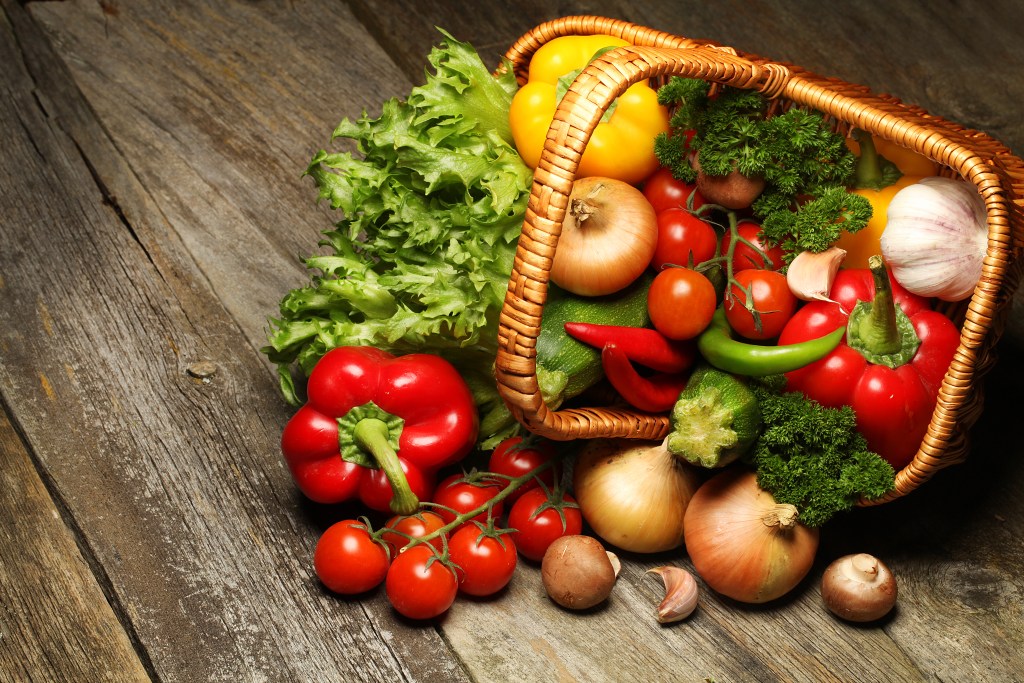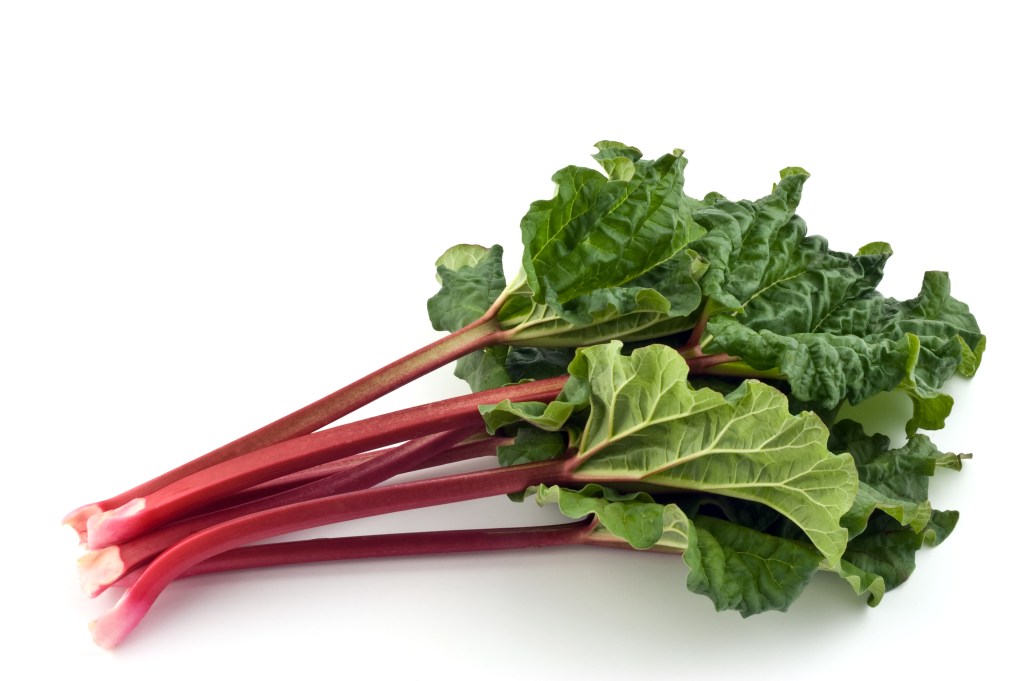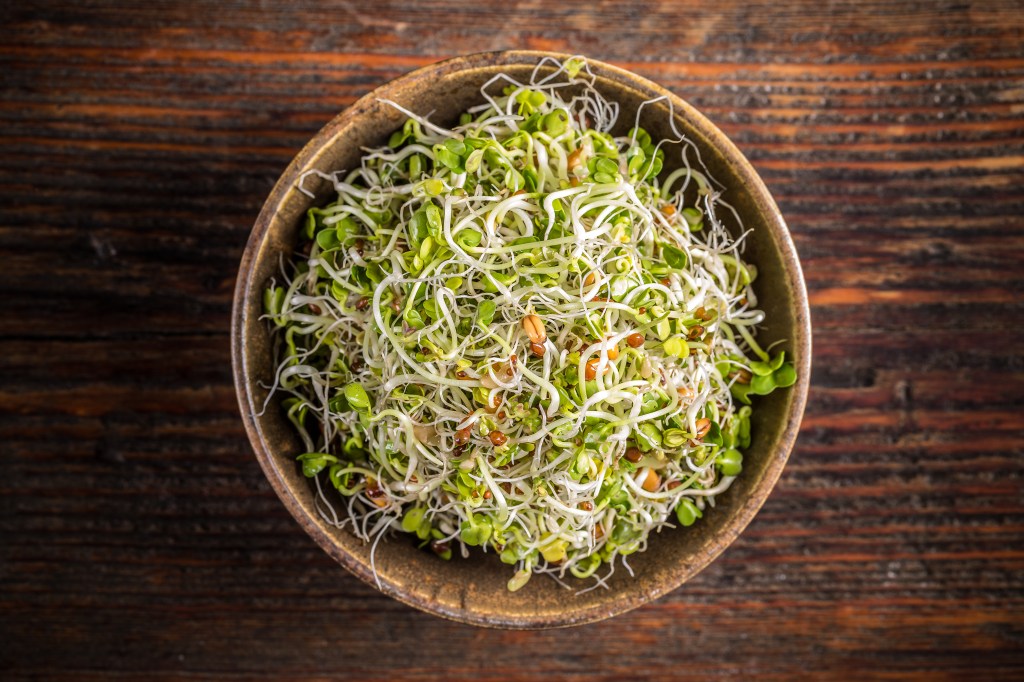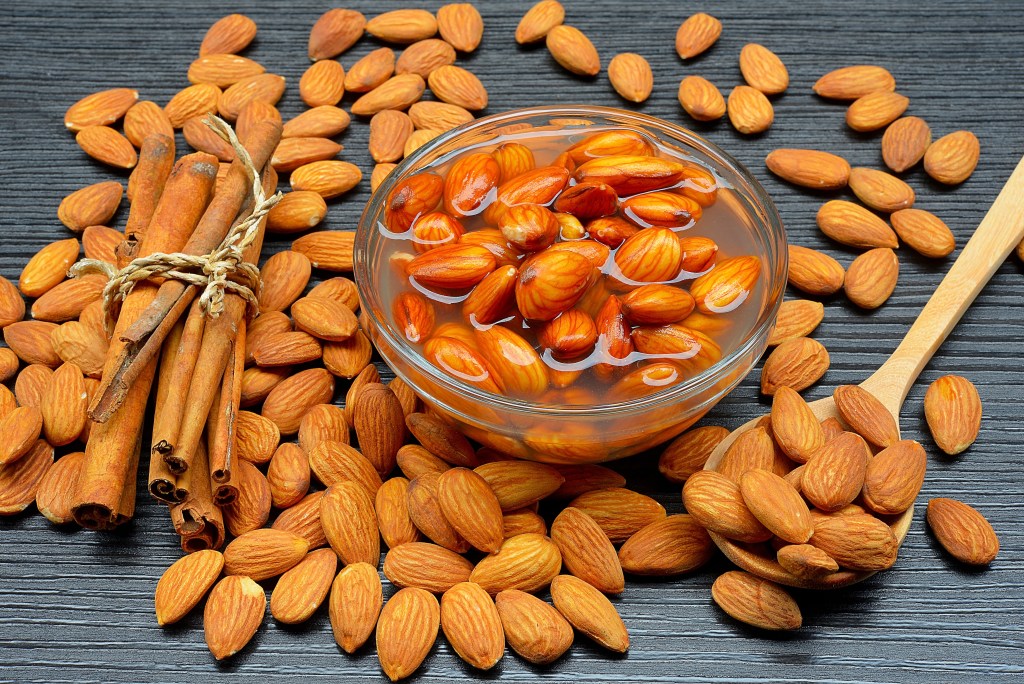At a glance
Oxalates are naturally occurring compounds found in many plant foods that can bind to essential minerals such as calcium and magnesium, increasing the risk of nutrient deficiencies and kidney problems. Limiting high-oxalate foods and following a low-oxalate diet can support mineral balance, kidney health, and digestive comfort.
Oxalates are naturally occurring plant compounds that bind to minerals, such as calcium and magnesium, potentially leading to mineral deficiencies and the formation of calcium oxalate stones in the kidneys.
Discover who can benefit from avoiding high oxalate foods and learn what cooking techniques you can use to reduce oxalate levels in beans, legumes, nuts, and vegetables.
What is oxalate?
Oxalate is an organic acid that’s naturally found in a wide variety of plant foods such as leafy green vegetables, legumes, nuts, seeds, and certain grains.
Oxalic acid forms insoluble salts with calcium, magnesium, iron, and zinc, and plants utilize oxalates to store these minerals for later use.
While the mineral-binding properties of oxalic acid may benefit plants, oxalates are considered anti-nutrients as they also bind to minerals in the human body, which can have various negative health consequences.
Watch the video below to learn how to support healthy kidneys.
Possible side effects of oxalate
Because oxalate forms insoluble salts with minerals, it can impair the intestinal absorption of essential nutrients such as magnesium, calcium, iron, and zinc, potentially leading to nutrient deficiencies.
Calcium binds readily with oxalic acid, which can contribute to the development of calcium oxalate kidney stones, a common type of kidney stone.
A study published in Renal Physiology suggests, “To limit calcium oxalate stone growth, we advocate appropriate hydration, avoiding oxalate-rich foods, and adequate calcium intake.”1
There is also evidence that dietary oxalates can trigger gastrointestinal issues in sensitive individuals and are most commonly associated with bloating, gas, diarrhea, and abdominal pain.
Research published in Kidney International Reports suggests that excessive intake of dietary oxalates not only increases the risk of kidney stones but may also negatively impact bone health and bone mineral density due to lower calcium availability.2
Who should avoid oxalate?
“Many foods high in oxalates are rich sources of nutrients and generally recommended as part of a balanced diet,” explains Dr. Berg. “However, for some people, the potential side effects of oxalates can outweigh the health benefits of consuming these foods.”
Individuals prone to developing kidney stones should avoid consuming high-oxalate foods and consider following an oxalate-controlled diet.
Oxalates can trigger gastrointestinal issues, which can be problematic for those with inflammatory bowel disease (IBD), irritable bowel syndrome (IBS), Crohn’s disease, or other digestive tract issues.
In addition, research published in the Asian Pacific Journal of Clinical Nutrition found that oxalosis, a health condition characterized by excessive oxalic acid buildup in the body, requires strict avoidance of oxalate-rich foods.3

What is a low-oxalate diet?
A low-oxalate diet focuses on limiting dietary oxalate intake to no more than 50 milligrams daily.
Foods are typically classified into four groups based on their oxalate content:
- Low: 0 to 9 milligrams per serving
- Moderate: 10 to 25 milligrams per serving
- High: 26 to 99 milligrams per serving
- Very high: 100 milligrams or more per serving
It’s also recommended that individuals with oxalate sensitivity increase their intake of calcium-rich foods. Calcium can bind with oxalates in the digestive tract, which reduces their absorption and helps lower the risk of kidney disease and digestive issues.
Another important aspect of a low-oxalate diet is to avoid excessive intake of vitamin C, also known as ascorbic acid, which can be metabolized into oxalic acid in the body.

High oxalate foods
There are various plant foods with a high oxalate content, and it’s crucial to limit or avoid these foods on a low-oxalate diet.
Oxalate concentrations of foods with a high- or very-high oxalate content per one-cup serving:
- Spinach (raw): 1,510 milligrams
- Spinach (cooked): 1,312 milligrams
- Rhubarb: 1,082 milligrams
- Almonds: 441 milligrams
- Cashew nuts: 352 milligrams
- Baked potato (with skin): 194 milligrams
- Navy beans: 155 milligrams
- Beets: 152 milligrams
- Okra: 114 milligrams
- French fries: 102 milligrams
- Yam: 80 milligrams
- Rutabaga: 62 milligram
- Turnip: 60 milligrams
- Raspberries: 48 milligrams
- Bamboo shoots: 35 milligrams
- Mashed potato: 29 milligrams
- Orange: 29 milligrams
- Sweet potato: 28 milligrams

Low-oxalate foods
There are plenty of nutritious foods that have a low-oxalate content and are suitable for individuals following a low-oxalate diet.
Here’s the oxalate content of low-oxalate foods per one-cup serving:
- Alfalfa sprouts: 0 milligrams
- Endive: 0 milligrams
- Lettuce: 0 milligrams
- Onions: 0 milligrams
- Radish: 0 milligrams
- Flaxseeds: 0 milligrams
- Bok choy: 1 milligram
- Cabbage: 1 milligram
- Cauliflower: 2 milligrams
- Broccoli: 2 milligrams
- Kale: 2 milligrams
- Peas: 2 milligrams
- Squash: 2 milligrams
- White mushrooms: 4 milligrams
- Cucumber: 4 milligrams
- Brussels sprouts: 4 milligrams
- Mung beans: 6 milligrams

Tips for reducing oxalate
In addition to limiting dietary oxalate intake, different food preparation and cooking methods can lower the oxalate concentration of various foods.
Boiling, blanching, or steaming oxalate-rich vegetables causes structural changes in cell walls, which helps release and break down some of the oxalates.
A study published in the Journal of Agricultural and Food Chemistry found that cooking can reduce oxalate content by up to 80 percent, depending on cooking temperature and duration.4
Soaking certain foods high in oxalates, such as beans, lentils, nuts, and seeds, causes oxalates to leach into the water, which can significantly reduce oxalate concentrations.
Consuming foods high in oxalates in combination with calcium-rich foods such as dairy products, leafy green vegetables, or small fish with edible bones can inhibit oxalate absorption in the intestines and help minimize the potential adverse health impacts associated with oxalic acid intake.
Key takeaways
- Oxalates are naturally occurring plant compounds that can interfere with nutrient absorption and may contribute to the development of kidney stones.
- A low-oxalate diet limits oxalate intake to no more than 50 mg daily.
- Boiling, blanching, or soaking high-oxalate foods can significantly reduce oxalate levels.
- Combining oxalate-containing foods with calcium-rich options may help minimize mineral binding in the gut.
- Individuals with kidney stones or digestive issues benefit most from limiting high-oxalate foods.
FAQ
1. What are the foods high in oxalate to avoid?
Foods high in oxalates to avoid on a low-oxalate diet include spinach, okra, beets, baked potato skin, beans, rhubarb, almonds, walnuts, and sesame seeds.
2. What foods neutralize oxalate?
While there are no foods that directly neutralize oxalate, calcium can bind with oxalic acid, which helps prevent the intestinal absorption of dietary oxalates.
Combining oxalate-containing foods with calcium-rich options can minimize the risk of oxalate-related health issues such as kidney stones, digestive problems, and nutrient deficiencies.
3. How do you flush oxalate out of your body?
Drinking plenty of water helps keep urine diluted, lowering urinary oxalate concentrations and reducing the risk of kidney stone formation. Adequate hydration also promotes frequent urination, which helps excrete oxalic acid.
4. What are the symptoms of too much oxalate?
Common symptoms and health issues linked to excessive oxalate consumption are kidney stones, mineral deficiencies, gastrointestinal issues, painful urination, and joint pain.
5. Are eggs high in oxalate?
Eggs are oxalate-free. In addition, meat, poultry, fish, seafood, and dairy products also don’t contain oxalates and are excellent options for a low-oxalate diet.
6. What is oxalate?
Oxalate is a naturally occurring compound found in many plant foods. Oxalates can bind to minerals such as calcium, magnesium, and iron, which can cause nutrient deficiencies and increase the risk of kidney stones in oxalate-sensitive individuals.








